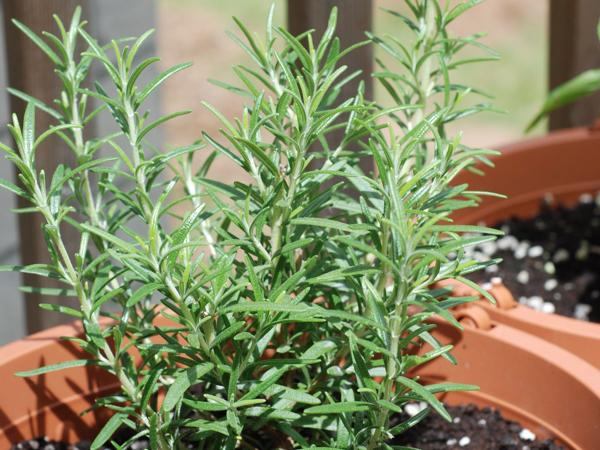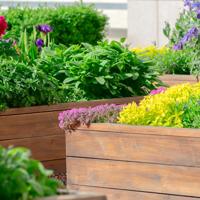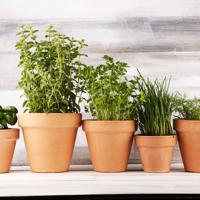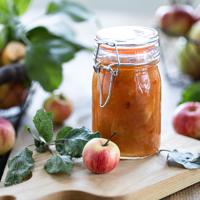Welcome to the world of homegrown berries! There’s something uniquely satisfying about picking fresh berries from your own garden. Whether it’s the sweet taste or the vibrant colors that draw you in, growing berries can be a fulfilling endeavor. Let’s explore the basics of cultivating these delightful fruits.
Choosing the Right Berry Types
The first step in growing berries is choosing the right types for your garden. Some popular options include:
- Strawberries: These are perhaps the easiest for beginners. Varieties such as ‘Earliglow’ or ‘Allstar’ are great for different climates.
- Blueberries: Known for their antioxidant properties, they require more attention, especially regarding soil acidity.
- Raspberries: These come in both red and black varieties. They are relatively hardy but need space to spread.
- Blackberries: High yielding and less demanding than some other berries. However, they can become invasive.
- Gooseberries and Currants: Less common but worth considering for their unique flavors.
Consider climate, space, and personal taste when selecting which berries to grow.
Soil Preparation
Berries crave soil that’s rich in organic matter. Before planting, amend your soil with well-rotted manure or compost. Most berries prefer slightly acidic to neutral pH levels, with blueberries needing more acidic conditions.
Consider conducting a soil test to better understand and adjust your soil conditions.
Sunlight and Space Requirements
Berries thrive under full sun, needing at least 6-8 hours daily. They also have varying space requirements:
- Strawberries: Plant them about 12 inches apart in rows three feet apart.
- Blueberries: These prefer more space, about 4-5 feet between bushes.
- Raspberries and Blackberries: Allow at least 2-3 feet between plants within rows that are 6-8 feet apart.
Ensure your plants have room to breathe and access sunlight, which helps minimize fungal issues and pests.
Watering and Fertilization
Consistent watering is crucial, particularly during the establishment phase and fruiting periods. Aim to keep the soil moist but not waterlogged.
Use organic fertilizers or berry-specific products for optimal growth. Fertilize in early spring and again after the first harvest, if your plant type allows multiple harvests (like raspberries).
Pruning and Maintenance
Pruning is vital for healthy berry plants. It helps in controlling size, promoting airflow, and encouraging productive growth.
- Strawberries: Remove runners and old leaves after harvest.
- Blueberries: Prune annually in late winter or early spring to remove deadwood and encourage new growth.
- Raspberries/Blackberries: Differentiate between summer and fall-bearing types. Cut back old canes after they fruit, and thin out crowded areas.
Familiarize yourself with specific pruning techniques for your chosen berry types.
Pests and Diseases
Berries can face challenges from pests like birds, beetles, and aphids, as well as diseases such as powdery mildew and botrytis. Consider natural deterrents:
- Bird nets: Protect your fruits from hungry feathered friends.
- Companion planting: Grow onions or garlic nearby to repel some pests.
- Regular inspection: Check for signs of pests or disease and act promptly.
Adopting sustainable gardening practices can help in maintaining berry health.
Harvesting and Using Your Berries
The reward for your labor is undoubtedly the harvest. Pick berries when they are fully ripe, which is when they have the best flavor and nutritional content.
Consider using your bounty in recipes ranging from simple fruit salads to more elaborate jams and preserves. The garden-to-table lifestyle is about savoring these fresh flavors.
References
- “Growing Berries in Your Backyard.” University Extension.
- “Berry Types and Their Care.” National Gardening Association.
- “Soil Requirements for Berry Plants.” American Horticultural Society.
Feel free to experiment and learn from your berry-growing journey. Remember that gardening is as much about the process as the results, so enjoy every step. Happy gardening!




